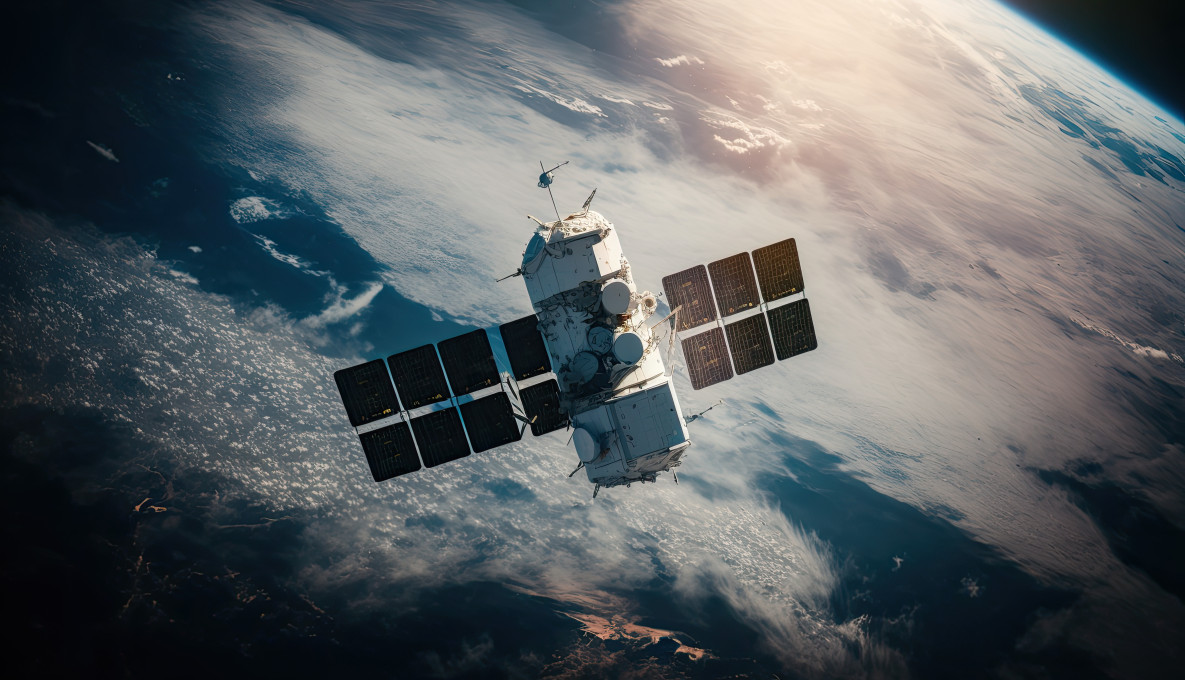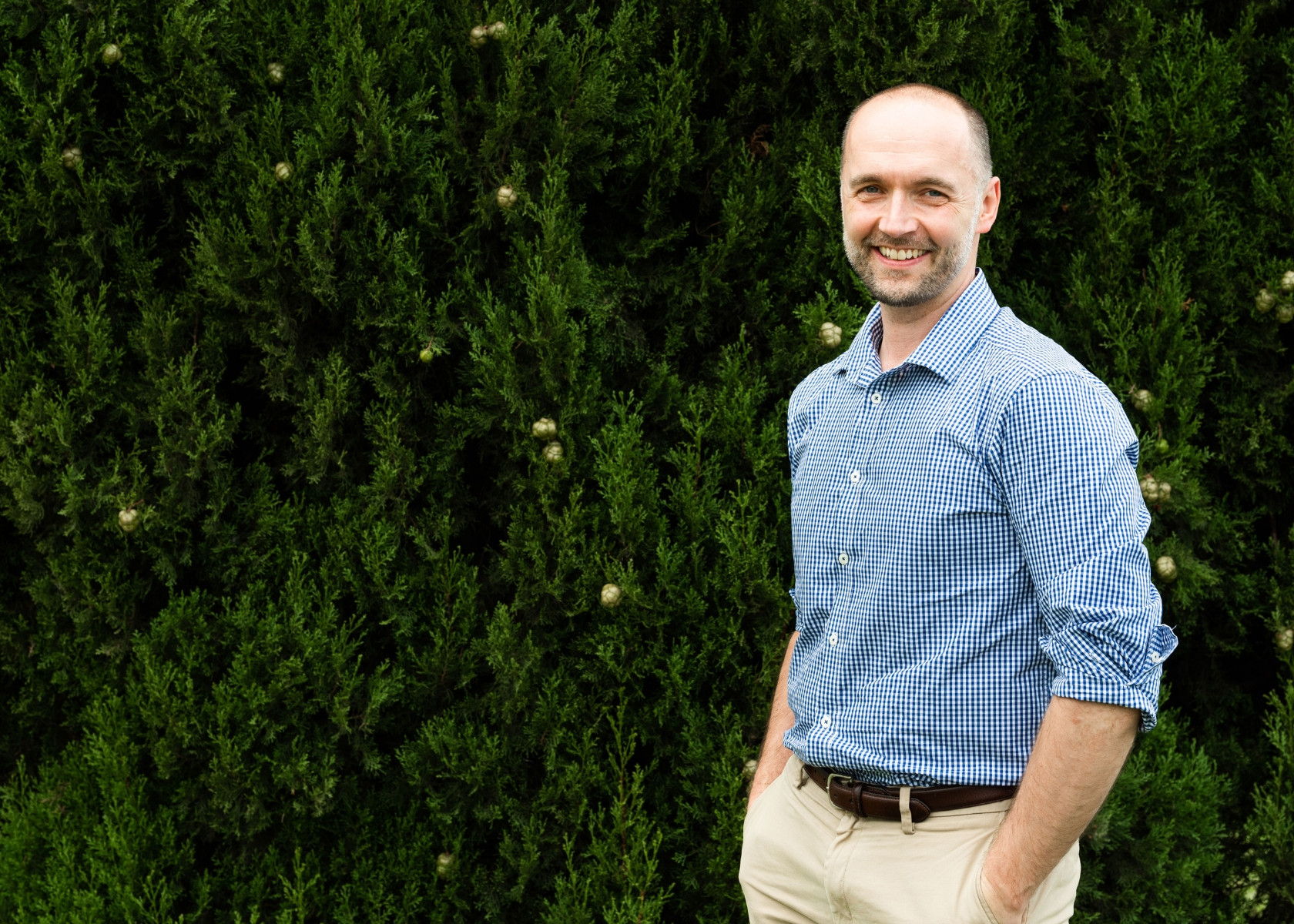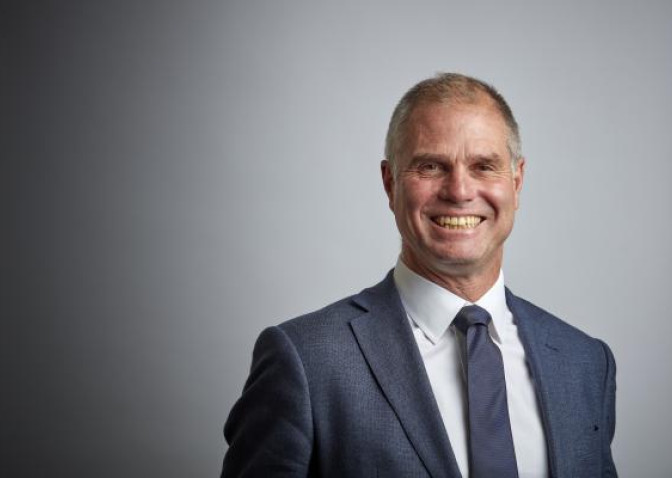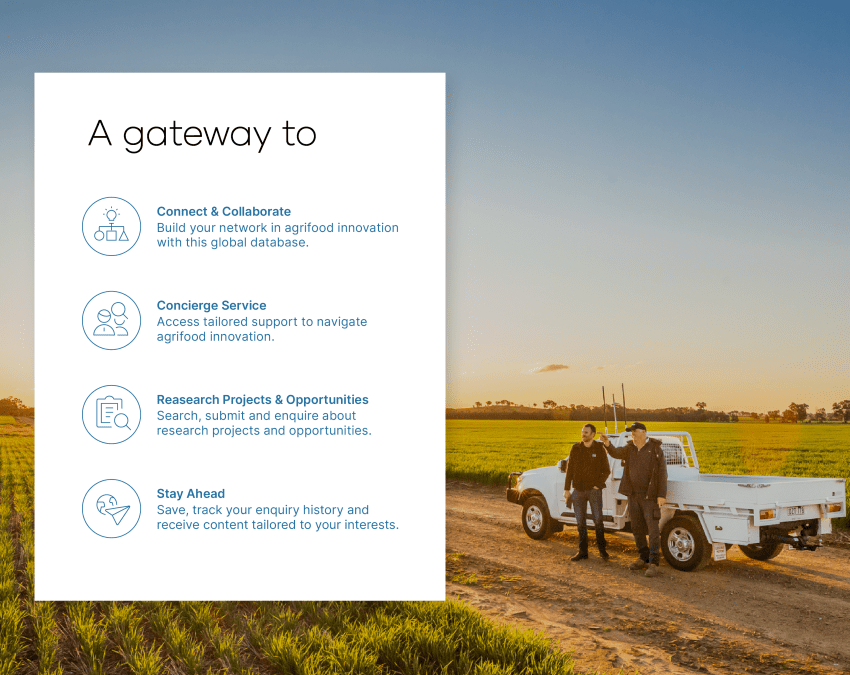-crop-770x475.png)
UK seeks Australian partners for bilateral Earth observation research
A bilateral UK-Australia space programme geared to maximise agriculture’s climate resilience through the application of Earth observation data and technology, is seeking Expressions of Interest for research funding.

- Share via Facebook: UK seeks Australian partners for bilateral Earth observation research
- Share via LinkedIn: UK seeks Australian partners for bilateral Earth observation research
- Share via Twitter: UK seeks Australian partners for bilateral Earth observation research
- Share via E-mail: UK seeks Australian partners for bilateral Earth observation research
Related tags
Harnessing the power of space based Earth observation data and technology offers a unique opportunity for the agricultural sector to boost climate resilience and productivity.
To accelerate this path forward, the UK Government’s Science & Technology Facilities Council (STFC) is seeking researchers and partners to participate in a bilateral UK-Australia AgroClimate Space Programme (EO4AgroClimate), with AUD $8million in funding available.
With the end goal to maximise the multidisciplinary (climate and agritech) research capability of both countries and apply it to global challenges, both Australian and UK researchers and partners, research and development organisations, including RDCs, universities and agritech companies are encouraged to submit proposals.
Dr Hugh Mortimer, Earth observation scientist and head of the UK’s Global Research Innovation Partnership, led by the STFC, said potential partners will be pre-selected for a sandpit event at the end of May, to spark ideas for international collaborations and later funding.
“We’ll bring local researchers from Australia and about 20 from the UK together for a week in a venue, potentially in Melbourne, Sydney or Adelaide, to maximise the opportunity for people to contribute new ideas, build new partnerships and emerge with projects for funding,” said Hugh.
“We want to make the selection process as wide and open as possible and develop projects that are high impact, offer value for money, and can benefit the UK and Australia, so both nations can leverage funding to tackle challenges on a global scale.”

Earth observation solutions to support climate-ready agriculture
The EO4AgroClimate Space Programme builds upon the Space Bridge partnership between the UK and Australia Space Agencies, that’s proven highly valuable in developing shared capabilities and learning for both countries to advance space innovation.
The EO4AgroClimate funding opportunities will range between $90,000 to $900,000, and support a variety of thematic areas that use EO’s unique perspective from space to address issues of climate variability, including:
- Livestock and rangeland management
- Interaction between agricultural practices and air quality
- Soil carbon monitoring and management
- Monitoring and modelling crop performance and future viability
- Pests, diseases and invasive species in a changing climate
- The role of EO to assess vulnerability and risk from natural hazards
- Aquaculture, blue carbon and coastal zone management.
Funding may also be allocated to capacity building, to facilitate understanding, knowledge and data exchange through virtual workshops and meetings; and training and education, to engage with industry to explore the impact of current agricultural practices and the barriers to adoption of solutions for more sustainable agriculture.
Dr Hugh MortimerTo set up an effective bilateral program between the UK and Australia, we have to have this kind of deep thinking about what the researchers need, what the farmers may need, and the funding landscape, so that we have strong integrated programs that benefit both countries
Tried-and-tested collaboration to overcome global challenges
Internationally renowned researcher, and a Sêr Cymru Chair within the Earth Observation and Ecosystem Dynamics (EOED) Research Group at Aberystwyth University in Wales, Professor Richard Lucas, agrees collaboration supports more meaningful outcomes.
“Collaboration between Australia and the UK works really well, and the key is giving back, finding something useful in research that benefits both countries and can be made freely open for anyone in the world to access and use,” said Richard.
With a long history collaborating with Australian research scientists in EO, in both government and academia, Richard is excited about the possibilities of the EO4AgroClimate initiative, bringing together the best research expertise from public and private sector organisations both in the UK and Australia.
Since 2018, Richard has led parallel collaborative projects, between the UK (Aberystwyth University, Plymouth Marine Laboratory) and Australia (specifically Geoscience Australia, UNSW and CSIRO) to develop and implement a new and common approach for national mapping and monitoring of both countries, termed Living Earth, that also has global application.

This has resulted in the generation of highly detailed land cover maps for multiple years for Australia and Wales and establishment of the Welsh Data Cube in 2022, building on Geoscience Australia’s Digital Earth Australia (DEA) Open Data Cube.
“These Earth observations and Open Data Cube technologies can also play a major role in assessing values and risks and monitoring progress towards goals and ambitions."
"This provides a unique opportunity to optimise our environments for the wellbeing of both humans and nature,” Richard explained.
The concurrent establishment of data cubes and common software in both Australia and Wales has been a game changer for land monitoring, Professor Lucas said, both for land managers and policy.
Earth observation science geared to drive business / commercialisation
The development of the UK-Australia EO program will also generate opportunities for trade, Hugh added.
“Science is at the heart of what we do but through linking with commercial organisations in any leveraged activity leads to increased trade, through new companies, or new spinouts based around environmental opportunities such as green financing or regenerative agriculture,” said Hugh.
“We are seeking higher Technology Readiness Levels (TRLs) technologies, so we can fund solutions into the market in real time to achieve high impact now, rather than blue sky research.
“This current program will finish in March 2025, and by then we want UK-Australia Earth observation activity that we can put true bilateral funding behind, to address global challenges.”
Applications close mid july for the UK-Australia (EO4AgroClimate) Space Programme funding opportunity. Interested parties are encouraged to enquire now via AgriFutures growAG. here.
Related highlights
Explore all highlights-crop-850x675.png)
Looking for engagement?
Showcase your commercialisation opportunity today.
Talk to our team to discuss how growAG. can connect your innovation to industry.
Have questions? Find answers to our most frequently asked questions on research projects, commercial opportunities, organisations and more.


-crop-770x475.png)
-crop-770x475.png)
-crop-770x475.png)